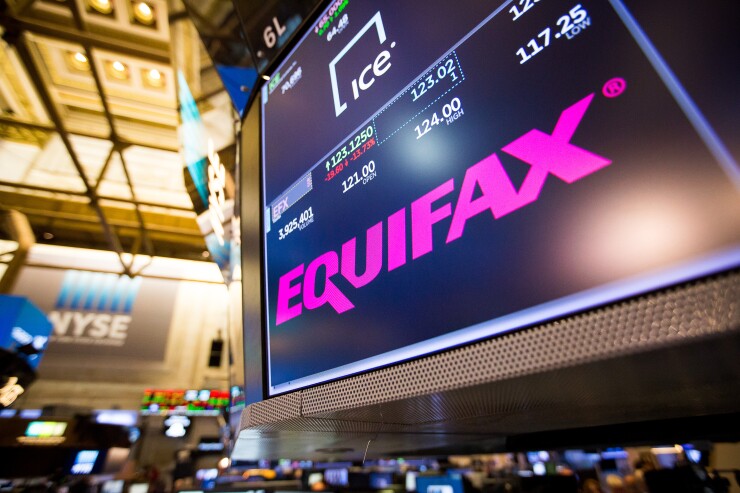A hot topic in the financial services industry a few years back was monetizing anonymized consumer payment data.
Now that very same data appears to be a costly liability that needs to be secured given the rise in fraud.
Worse yet, financial fraud data exposure is becoming a routine fact of life that has eroded consumer confidence in banking and payment systems. Should that be the norm, or can U.S. financial institutions do more to rebuild lost consumer trust?
Be it breaches, bad actors or good intentions gone awry, there is no doubt that consumer confidence and trust in the U.S. banking and payment systems continue to plummet. The Equifax breach only serves as an exclamation point on a system desperately needing more security across the board. Now is the time for the industry to step up before the regulators step in.

Regulators could create rules and requirements that may be more onerous or difficult to deploy and administer than self-directed industry initiatives. In fact, certain types of enhanced security solutions deployed by the industry itself may benefit financial institutions without government intervention.
Initiatives that put consumers in control of their own data and credentials could help reduce fraud, risk exposure and increase consumer confidence in payment systems.
On/off controls, credit freezes and credit monitoring services are a start but not sufficient as they don’t completely prevent fraud. These systems help limit fraud exposure, but don’t drive greater consumer confidence in the system. Putting the consumer in control of their credentials with dynamic dual-factor authentication methods in the e-commerce payment channels not only prevents fraud, but it also increases consumer confidence.
There are many advantages to preventing payment card fraud, not the least of which is building consumer confidence and alleviating fear and worry. Also, fraud prevention methods are cheaper to deploy than detection methods, would increase e-commerce transaction approval rates, decrease erroneously declined purchase transactions, and reduce decreases in post fraud card account usage and attrition.
Yet, U.S. payment market players are still consumed with a “frictionless” consumer shopping experience. Why can’t we have an easy to use consumer experience that is secure? Why not let consumers decide by making more security available that instills confidence in the systems? Do financial institutions really want the CFPB or other regulatory authorities promulgating new rules?
Banks and payment services companies would be far better served by building solutions and programs that work toward instilling consumer confidence and avoiding instances, then creating situations that continually erode trust. Forget monetizing the data, just secure it.





